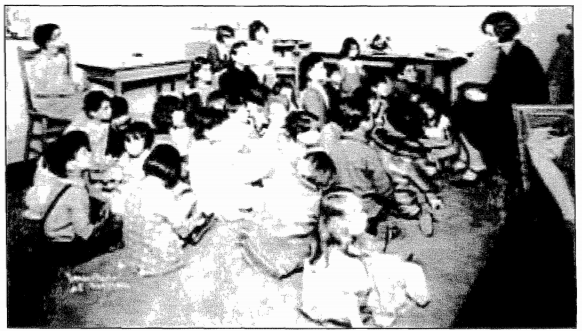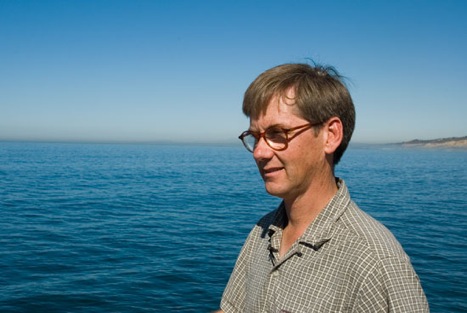Below is a powerful email we received from a community member, shedding new light on the two proposed updates for Barrio Logan's Community Plan. Please join us on Tuesday, September 17 at City Council: 202 C Street, San Diego, CA. 92101 in support of Alternative 1 to the Barrio Logan Community Plan Update.
"This is a plea for support. Barrio Logan is again under attack by greedy industrial leaders and their lobbyist. Please attend the San Diego City Council meeting on Tuesday, September 17 at 2pm and support the community's last effort in support of Barrio Logan as a residential area.
There are two different Community Plans—Alternative 1 is environmental and residential friendly and Alternative 2 is in support of more heavy industrial business and the elimination of homes and residents. The Barrio Logan Community Plan Alternative 1 calls for a more environmental and residentially friendly community. The Community Plan has been in discussion for more than five years. The City Planning department is in support of Alternative 1.
At the June San Diego City Council subcommittee for Land Use and Housing there was lobbying by the industrial community supporting more industrial land use and less residential in Barrio Logan. What was shocking to me was their total disrespect for the residents. One speaker was quoted as saying, "I just do not understand why they want to live there..." Another speaker was quoted as saying, "We want the land from Sicard all the way to Wabash for heavy industrial use."
After that meeting I drove through the area that is being targeted by Alternative 2. I was appalled to think that all of the old time Barrio Logan residents living in older historical homes are being targeted for elimination. What complicates this matter even more is the fact that the San Diego Historical Resources Board at its May meeting approved a haphazard incomplete historical survey of Barrio Logan—which I objected to. (Apparently there was an incident that occurred the day the survey was to begin which frightened those conducting the survey so they scaled there effort down to a cursory effort that was less than professional and called it a cultural resource survey.) A complete historical survey would have identified many of the homes in this area as cultural resources worthy of preservation.
At present there is another big push to invalidate the last five years of work. Besides the lobbyist for those in support of Alternative 2- they have hired Southwest Strategies as their clients to specifically stir the pot in favor of Alternative 2. There is also a new organization called "Que Viva Barrio Logan" to support Alternative 2. The flier that they are posting around the community says, "...support a healthier community by supporting Alternative 2."
In conversation with a Southwest Strategies employee today he informed me that he is advocating for Alternative 2 because it is best for the community. My response was, "No you are supporting it because they are paying you to do so. You do not live in my community. My family has lived in Logan Heights for more than 100 years and Scenario 2 is not the best plan for my community."
Please contact your City Council representative and ask them to support Barrio Logan Community Plan Alternative 1 for a livable environmental friendly plan for Barrio Logan.
Sincerely,
Josie
P.S. Now that Chicano Park and the Chicano Park Monumental Murals are listed on the National Register the surrounding community-Barrio Logan-should also maintain what's left of its integrity as a local historic community."



